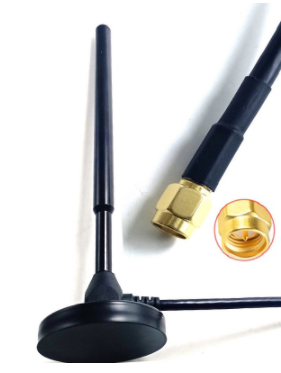433MHz antenna
The use of 433MHz frequencies has become increasingly common with the development of various wireless technologies. In particular, the use of 433MHz PCB antennas is beneficial when it comes to wireless communications, including remote control devices, wireless alarm systems, and wireless sensors. The design and implementation of PCB antennas play a significant role in achieving optimum performance, range, and reliability. This paper focuses on the design, implementation, and performance evaluation of 433MHz PCB antennas.

433MHz antennas are commonly used for short-range wireless communication applications. They offer low power consumption and are relatively cost-effective. PCB antennas are particularly useful for these applications since they can be integrated into the device's circuit board. Integration offers several advantages such as compactness, lightweight, and ease of assembly. However, designing a PCB antenna that delivers optimum performance can be challenging.
One common design for 433MHz PCB antennas is the monopole antenna, which consists of a metallic conductor attached to a ground plane that functions as a reflector. These antennas are effective in short-range communication since they radiate energy from a single pole. Additionally, they are easy to design and manufacture, making them cost-effective. The length of the monopole antenna is determined by the frequency and can be calculated using the formula λ/4, where λ is the wavelength.
Another design alternative for 433MHz PCB antennas is the patch antenna. Patch antennas are efficient, low-profile antennas that are suited for wireless communication applications. These antennas operate by exciting a resonant frequency, and power is radiated from the patch surface. The dimensions of the patch antenna determine the frequency of operation. The patch antenna's performance can be improved by placing a ground plane underneath it, providing an enhanced return path for the currents.
Apart from designing and implementing the antennas accurately, the performance of the antenna is also affected by the surrounding environment. Factors such as walls, concrete slabs, and metallic objects can disrupt the radiation pattern, affecting the transmission range of the antenna. Therefore, the design of the antenna's placement is critical to maximize its performance.
In conclusion, 433MHz PCB antennas are essential in short-range wireless communications. Optimum performance and range are achieved by designing and implementing the antenna accurately and placing it strategically. The use of monopole and patch antennas is an effective approach to achieving optimal performance. Additionally, the use of CAD tools helps to optimize the conductive track dimensions.





